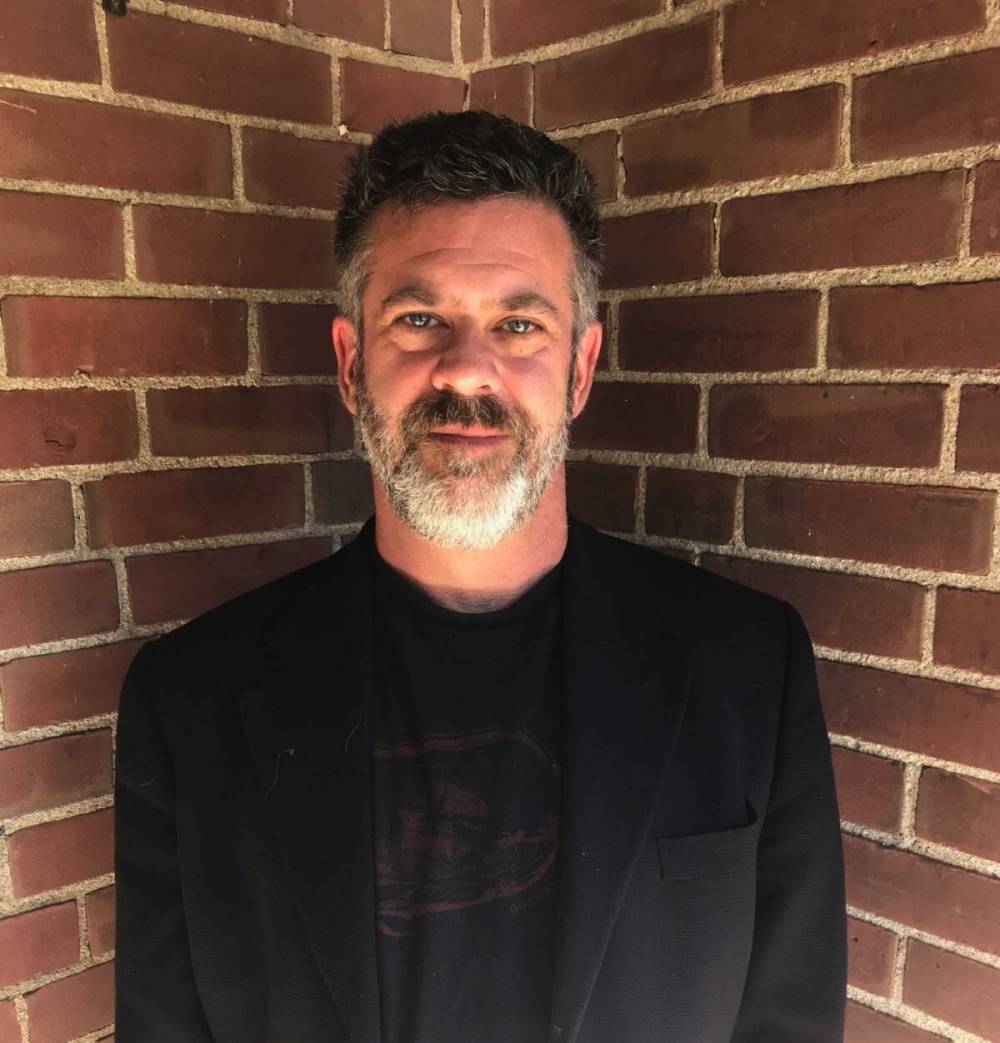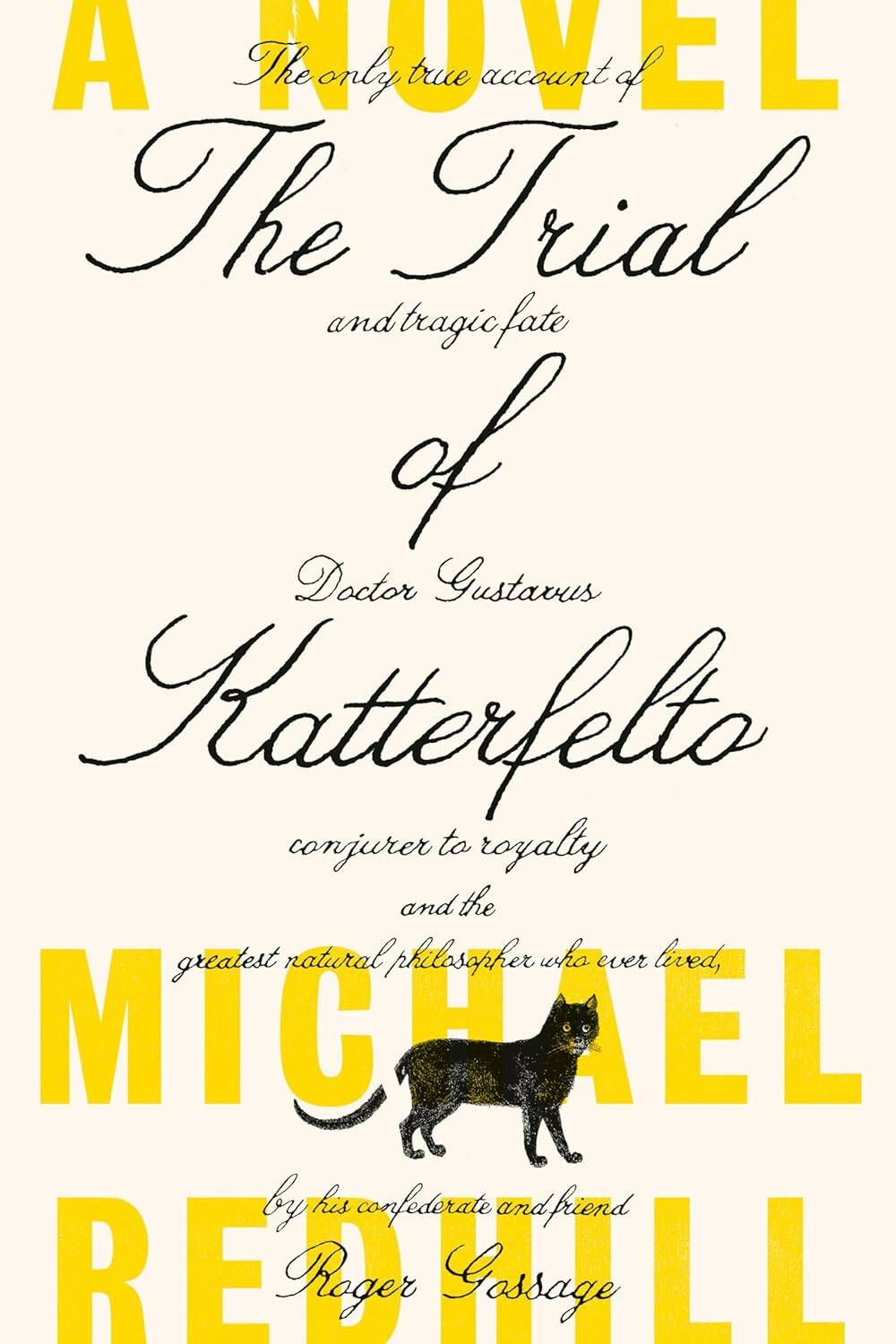Familiar, modern voice haunts 18th-century magician
Advertisement
Read this article for free:
or
Already have an account? Log in here »
To continue reading, please subscribe:
Monthly Digital Subscription
$1 per week for 24 weeks*
- Enjoy unlimited reading on winnipegfreepress.com
- Read the E-Edition, our digital replica newspaper
- Access News Break, our award-winning app
- Play interactive puzzles
*Billed as $4.00 plus GST every four weeks. After 24 weeks, price increases to the regular rate of $19.00 plus GST every four weeks. Offer available to new and qualified returning subscribers only. Cancel any time.
Monthly Digital Subscription
$4.75/week*
- Enjoy unlimited reading on winnipegfreepress.com
- Read the E-Edition, our digital replica newspaper
- Access News Break, our award-winning app
- Play interactive puzzles
*Billed as $19 plus GST every four weeks. Cancel any time.
To continue reading, please subscribe:
Add Free Press access to your Brandon Sun subscription for only an additional
$1 for the first 4 weeks*
*Your next subscription payment will increase by $1.00 and you will be charged $16.99 plus GST for four weeks. After four weeks, your payment will increase to $23.99 plus GST every four weeks.
Read unlimited articles for free today:
or
Already have an account? Log in here »
Given its full title — The only true account of The Trial and tragic fate of Doctor Gustavus Katterfelto, conjurer to royalty and greatest natural philosopher who ever lived, by his confederate and friend Roger Gossage — and its subject, a magician at the end of the 18th century, one would expect Michael Redhill’s new novel to evoke only a rather distant world.
Not so.
Initially an intriguing and carefully historicized vision of a time gone by, the novel suddenly pierces forcefully into our present.

Amanda Withers photo
Michael Redhill
Expectations are always high about new work by Redhill, since his Martin Sloane (2001) ranks among Canada’s greatest novels, Goodness (2005) among our greatest plays, and The Flesh Collectors, from the collection Fidelity (2003), among our greatest short stories.
The Trial of Katterfelto doesn’t disappoint. It is the second book of Redhill’s Modern Ghosts trilogy, with only the slenderest connection to the first instalment, Bellevue Square, which won the author a well-deserved Giller Prize in 2017. In Bellevue Square, Jean Mason, struggling with mental illness, believes that she has come upon a Llorona/doppelgänger, an author who goes by the name Ingrid Fox. The novel turns into a psychological thriller and a mystery, yet also echoes Redhill’s life: Ingrid Fox’s name alludes to Inger Ash Wolfe, Redhill’s pen name (his double, as it were) for several mystery novels.
The Trial of Katterfelto is initially more straightforward. Gustavus Katterfelto, Redhill’s fictional version of a historical magician admired by Houdini, is a man of learning who projects enlarged images of bacteria onto a wall and warns the animalcules revealed by microscopes may cause the plague.
At the same time he’s a charlatan, selling Dr. Batto’s Daily Health Serum and promising customers that a regular morning dose will allow them to live to be 100. He is also a vehicle for Redhill’s linguistic wit: should you have sexual maladies, for example, please buy Dr. Batto’s Improving Elixir for Imbecilities of the Generative Parts.
The interesting and deepening relationship between the magician and the assistant, Gossage, is an important current in the novel. The central current, however, flows from a metal horn Katterfelto steps on in the River Severn — a horn from which, eventually, a mysterious woman’s voice issues.
Neither the skeptical Katterfelto nor Gossage understand the who, where, when or how of the voice. Still, Katterfelto doesn’t hesitate to pressgang it into his act, amazing audiences who don’t understand how he can project a woman’s voice so fluently and seemingly without any mechanism.
The voice, explaining that she has taken on the name “Seerie,” speaks of a “neurology ayeye,” of a son subject to grand mal seizures, of a “whole planet… on a boil water advisory,” and of a city — Tronno — where global warming and rising sea levels have made the lower floors of buildings uninhabitable. Some interpret her as a divine oracle, others as the source of satanic mumbo jumbo.

The Trial of Katterfelto
Contemporary readers will, of course, recognize in the voice something more human and not so distant from us. Technically, Siri haunts Katterfelto and his 18th-century audience with fears of a flood of biblical proportions, but really, she is haunting us and our indifference to global warming. Although the magic horn in The Chronicles of Narnia can summon help, that sort of magic isn’t available in The Trial of Katterfelto.
Unlike Inger Ash Wolfe’s mystery novels, Bellevue Square doesn’t have a ready solution. Neither does The Trial of Katterfelto.
But Redhill does leave clues for some of the mysteries about Siri, his modern ghost. It is left to the reader to figure out which decade she inhabits, how technology impacts her, what happened with her husband.
Reinhold Kramer is a Brandon University English professor. His most recent book is Are We Postmodern Yet? And Were We Ever?

